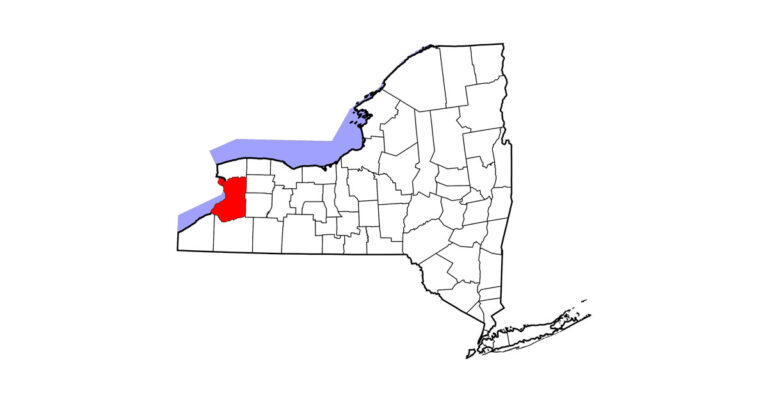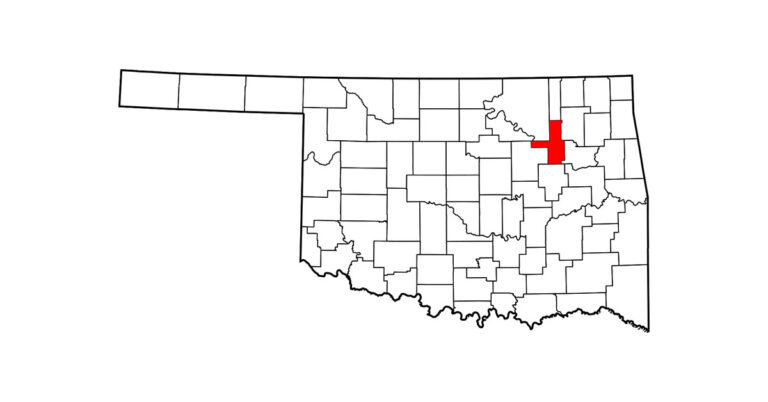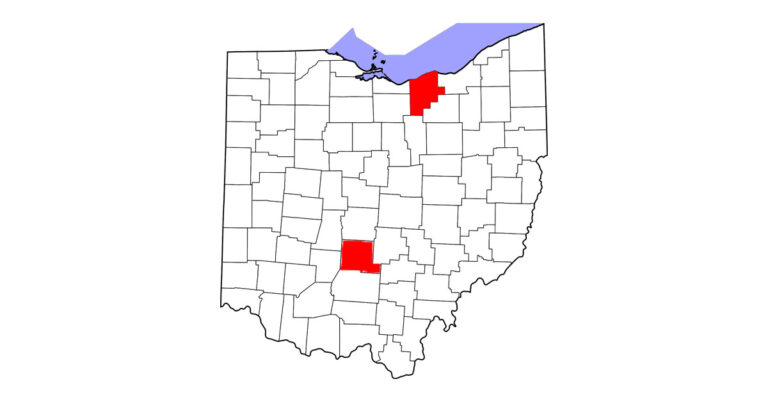 Electroarthrography uses small electrodes attached to the skin to detect minute variations in electrical signals that are emitted when cartilage bears weight. | Courtesy, Mark Hurtig, DVM
Electroarthrography uses small electrodes attached to the skin to detect minute variations in electrical signals that are emitted when cartilage bears weight. | Courtesy, Mark Hurtig, DVMJoint problems sideline many sport horses, and damage to cartilage is a big factor in those problems.Now researchers at the Ontario Veterinary College are exploring a method that could spot unhealthy cartilage early, before it deteriorates enough to limit a horse’s career.
The job of joint cartilage is to reduce friction and provide a layer of cushioning between bones. When it’s damaged—through injury or gradual wear and tear—the results can include pain, inflammation, stiffness and disability. The damage can be hard to detect, though, because it doesn’t show up clearly in X-rays or ultrasound.Even an expensive magnetic resonance imaging scan may not show it.
Mark Hurtig, DVM, and his colleagues at OVC are studying a method that was originally developed to assess cartilage health in human knee joints. Called electroarthrography, it uses small electrodes attached to the skin to detect minute variations in electrical signals that are emitted when cartilage bears weight. When cartilage is eroded or damaged, its water and protein content change, resulting in weaker electrical signals.
Dr. Hurtig’s team is adapting EAG for use on the fetlock joint, a common site of injury in horses. They first tried the technique on joints from equine cadavers, simulating the effects of weight bearing to confirm that the signals change when fetlock cartilage is unhealthy, and now they’re developing ways to use the technique with live horses. They’ve recorded signals from fetlock-joint cartilage while a horse was standing on a steel force plate and being pushed side to side, to load alternate front legs. (Researchers have used Wii platforms for similar studies in humans, but a horse is too heavy for those.) Computer software correlates the electrical signals to the weight shifts.
The steel force plate isn’t portable or practical for farm use, so they’re collaborating with experts at the University of Guelph School of Engineering to develop an instrumented horse boot that can monitor weight bearing while the EAG signals are recorded. Going forward, they hope to be able to pinpoint the site of cartilage damage more accurately by using wedge pads to load selected areas of the joint. The method also has potential for use at different sites, such as the knee and hock. “As better treatments for joint disease evolve, EAG’s best use might be to monitor response to therapy in the same way ultrasound is used to assess tendon healing,” Dr. Hurtig says.
This article originally appeared in the January 2015 issue of Practical Horseman.










